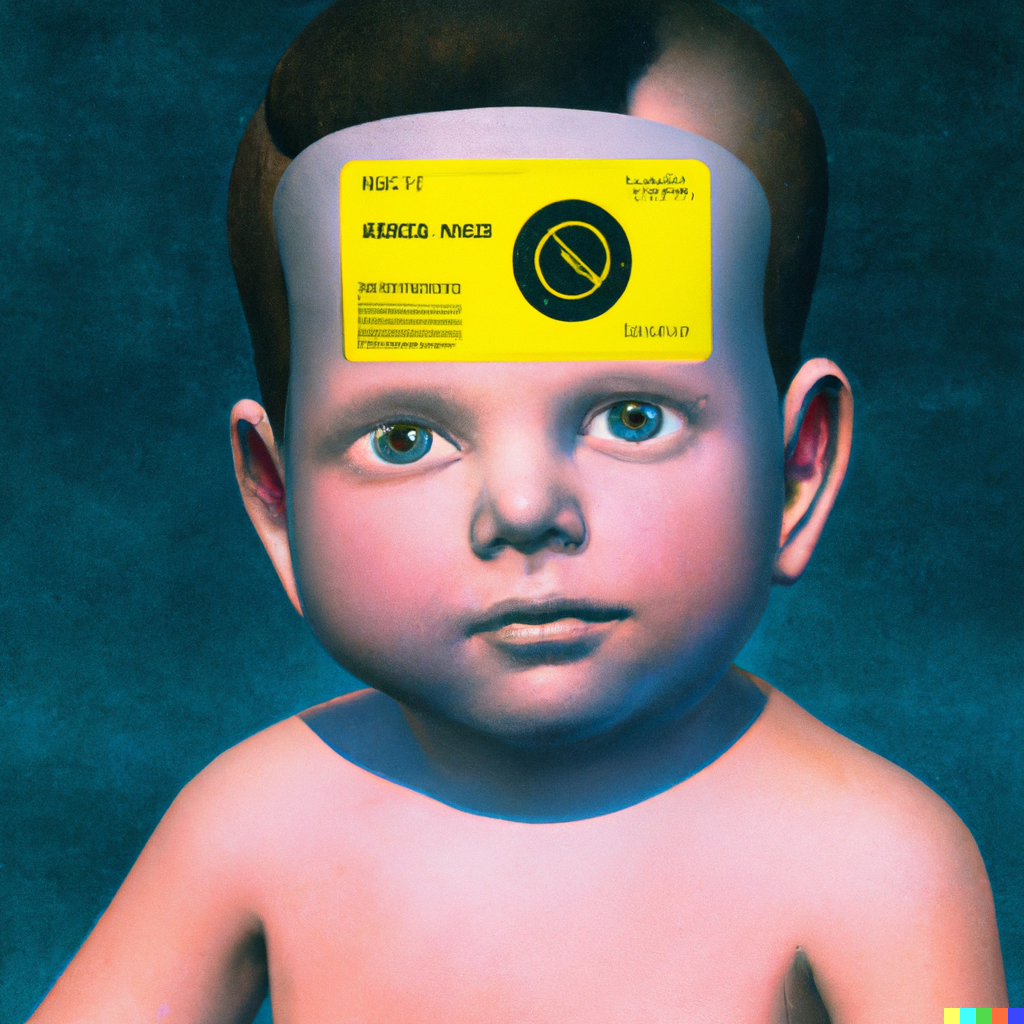The first factory-made baby has now been shipped and delivered to its eagerly awaiting parents in Italy. The baby girl underwent thorough quality control checks to ensure that she was healthy and free from any defects.
“They’re saying that one day we’ll all be made in China,” Maria said as she read the news on her holoscreen, a thin, transparent device that hovered in the air in front of her. “Can you believe it?”
“I know, right?” Jake replied, shaking his head in disbelief. “I can’t even comprehend the idea of manufacturing humans in a factory. How is that even possible?”
“Well,” Maria began, scrolling through the articles on her holoscreen, “it looks like they’ve developed some kind of groundbreaking process using stem cells and nanotechnology. They grow the embryos in these massive vats of nutrient-rich fluids, and then they can manipulate the genetic makeup to create customized humans with specific traits and abilities.”
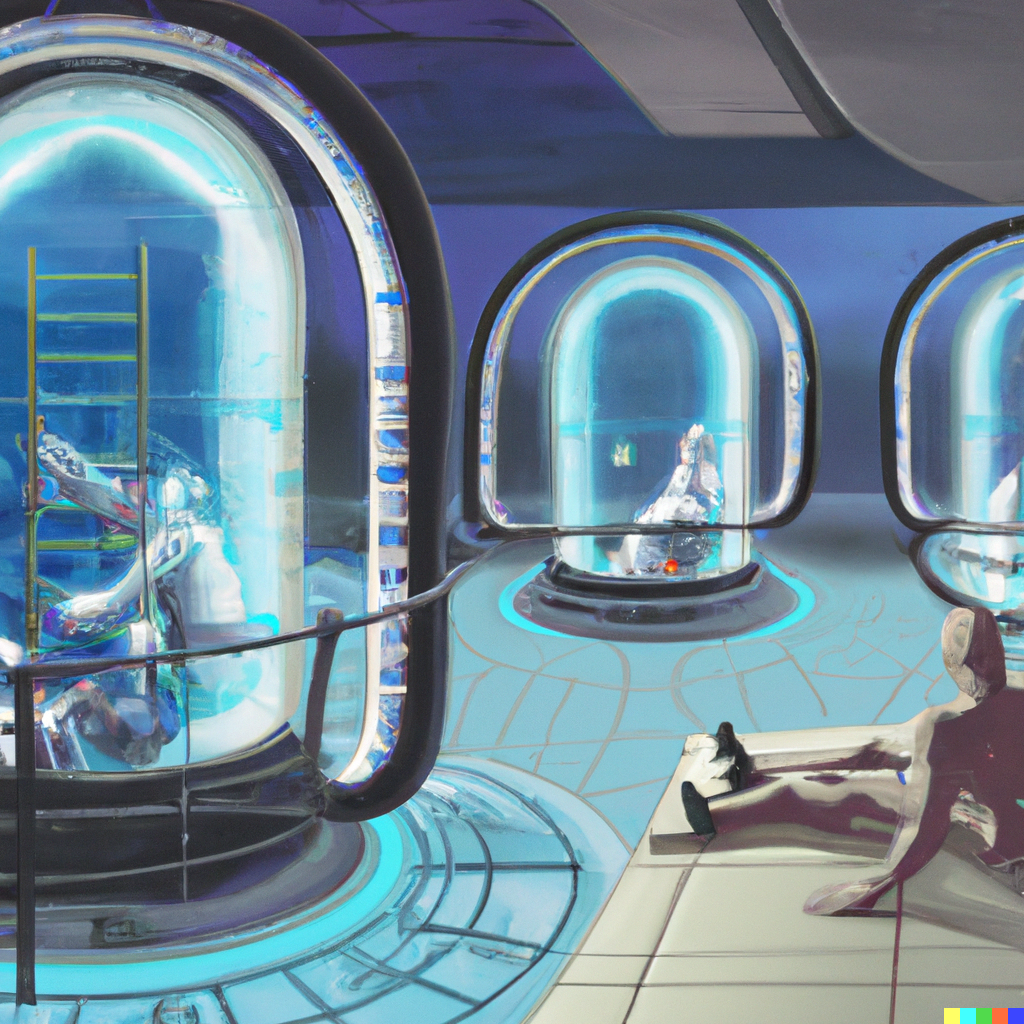
They were both in their sleek, futuristic living room, surrounded by holographic displays and advanced technology. As she spoke, holographic images of the advanced manufacturing facility in China appeared on the wall, showing rows upon rows of vats filled with bubbling fluids and technicians in advanced lab coats working at computer consoles.
“It’s crazy to think that we can create humans to order, like they’re just another consumer product,” Jake said, still in disbelief.
“I know, it’s mind-blowing,” Maria agreed. “But I guess we should get used to it, because it looks like this is the direction things are heading in. The future is here, and it’s going to be even more amazing and strange than we could have ever imagined.”
“I can’t believe it’s really happening,” Jake said, shaking his head in disbelief as he gazed out at the futuristic cityscape from the high-rise building where he and Maria stood. “What are they thinking? It’s unethical to create human life in a laboratory like this.”
“I know, it’s outrageous,” Maria replied, her eyes narrowed in concern as she watched the bustling crowds below. “But what can we do? With all the manufacturing jobs moving overseas, it seems like the human race is being outsourced just like everything else.”
“Yeah, it’s a scary thought,” Jake agreed, his voice tinged with worry. “I just hope that we don’t end up regretting it in the long run. Who knows what kind of unintended consequences this could lead to?”
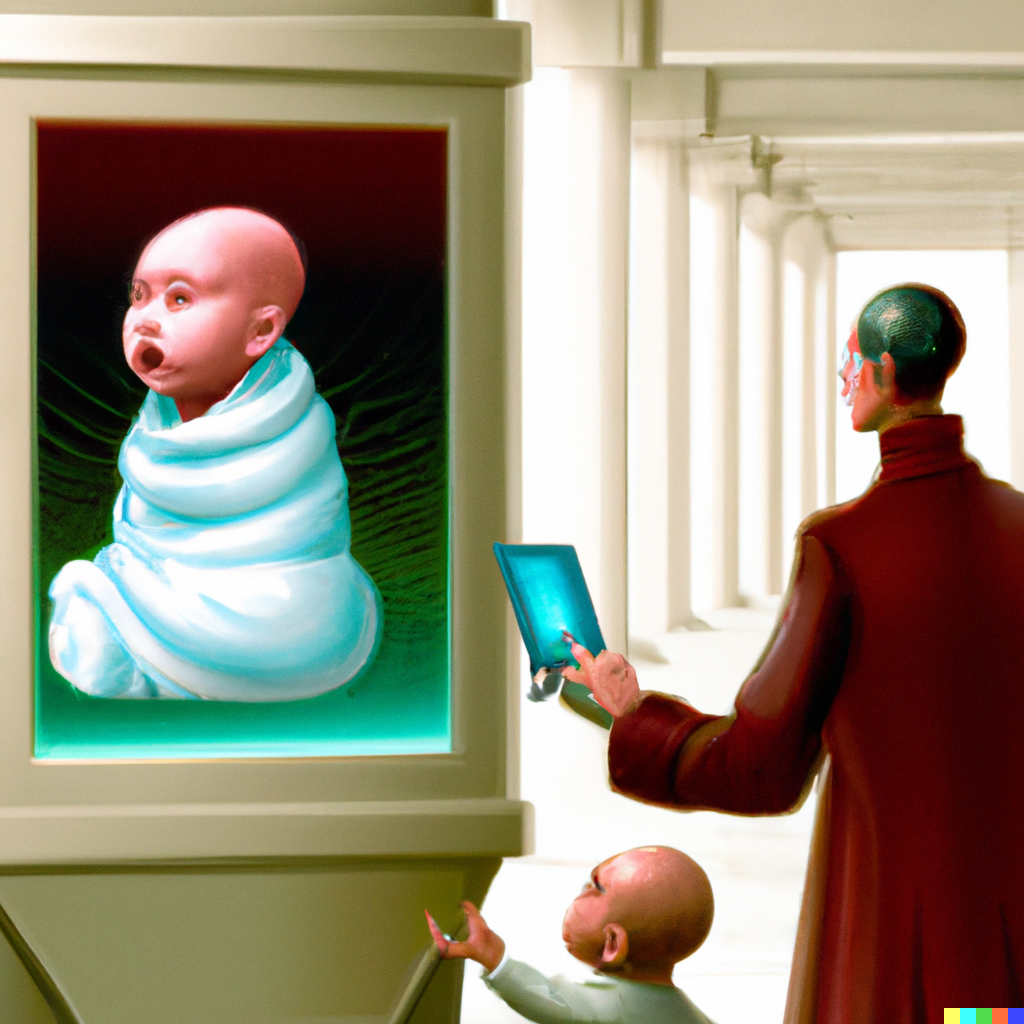
“I know, it’s crazy to think about,” Maria said, her voice heavy with concern. “But it’s happening right now. They’re saying that these factory-made humans are already being shipped all over the world. It’s like we’re living in some sort of dystopian sci-fi novel.”
“Can you send me the article?” Jack asked, his fingers hovering over the holographic keyboard in front of him. “I want to see for myself what’s going on.”
Factory-Made Baby: The Future of Human Reproduction?
In a groundbreaking moment in history, the first child to be manufactured in a Chinese factory and exported to another country has now been shipped and delivered to its eagerly awaiting parents. The child, a baby girl, was grown using a revolutionary new process developed by scientists and engineers in China, who have figured out a way to grow fully-formed human beings in vats of nutrient-rich fluids within their state-of-the-art labs.
The baby girl underwent thorough quality control checks for the first three weeks of her life, as the scientists and engineers responsible for her creation wanted to ensure that she was healthy and free from any defects or abnormalities. They conducted a series of tests and assessments, including physical examinations, genetic testing, and neurological assessments. All of these were done using the latest and most advanced technology available, with the scientists and engineers working around the clock to ensure that the baby girl was as perfect as possible.
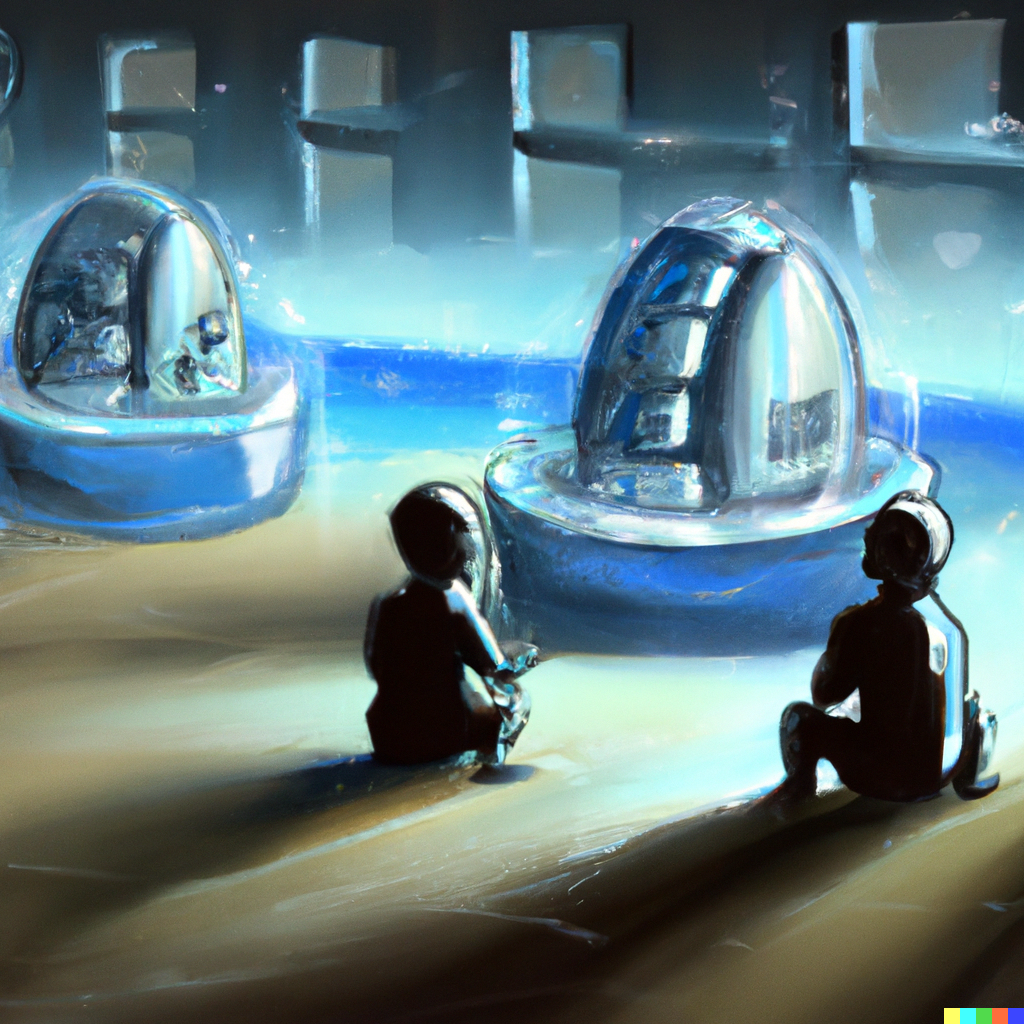
Once the baby girl had passed all of the necessary quality control checks, she was carefully packaged and prepared for transport. She was placed in a specialized cryogenic chamber designed to keep her safe and comfortable during the journey, and she was shipped to Italy via a high-tech cargo plane, which was equipped with all the necessary equipment and resources to keep the baby safe and comfortable during the long journey.
The parents, a couple from Italy, were overjoyed at the arrival of their new daughter, who was fully personalized to their exact specifications and needs using the latest genetic engineering techniques. They had chosen every aspect of the child’s genetic makeup, from her physical features to her potential talents and abilities. The child was designed to be highly intelligent and creative, with a particular aptitude for music and art.
Now that the baby girl has arrived in Italy and has been welcomed into her new family, she is due for her first medical and psychological checkup in the next six months. The doctors and psychologists will conduct a series of tests and assessments using the most advanced technology available, including brain scans and genetic analysis, to ensure that she is developing normally and to identify any potential issues that may need to be addressed. It is a truly exciting time for the family, as they look forward to watching their perfect, factory-made daughter grow and thrive in this futuristic world.
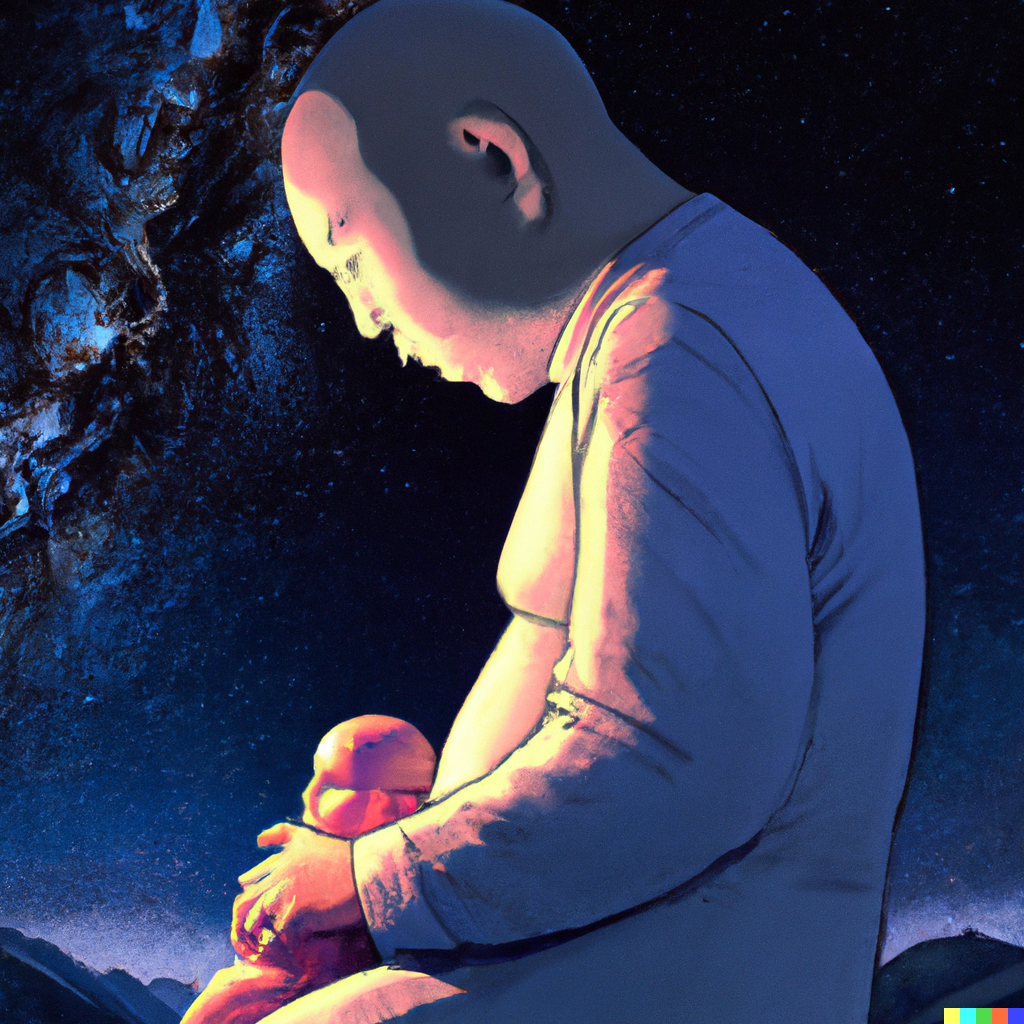
As the first child to be manufactured and exported in this way, this baby girl represents a new era in human history. It remains to be seen what kind of impact this new technology will have on society, but for now, the parents of this child could not be happier. They have their perfect, fully personalized daughter, and they couldn’t be more thrilled to welcome her into their family.
The process of manufacturing humans in a laboratory has been met with a great deal of controversy and debate. Many people have raised ethical concerns about the idea of creating human life in a laboratory setting, arguing that it could lead to all sorts of unintended consequences and raise difficult questions about the nature of humanity. Others, however, have hailed the technology as a revolutionary development that could help to solve many of the world’s problems, such as overpopulation and the lack of resources.
As the world waits to see what the future holds, the baby girl and her family represent a glimpse into a possible future where humans are no longer born in the traditional way, but are instead manufactured and grown in specialized labs. It is a bold new direction for humanity, and one that will likely be met with both excitement and trepidation as we move forward into this uncharted territory.
“In the next few years, we will see factories continuing to churn out more and more fully-formed human beings, and soon they will be shipped to every corner of the galaxy,” said Professor Qi, a renowned scientist and advocate for the technology. “I believe that this is just the beginning. In the future, we will see even more amazing developments in the field of human manufacturing. With this technology, we have the power to create a brighter, more prosperous future for all of humanity, as we will no longer be limited by the constraints of traditional reproduction.”
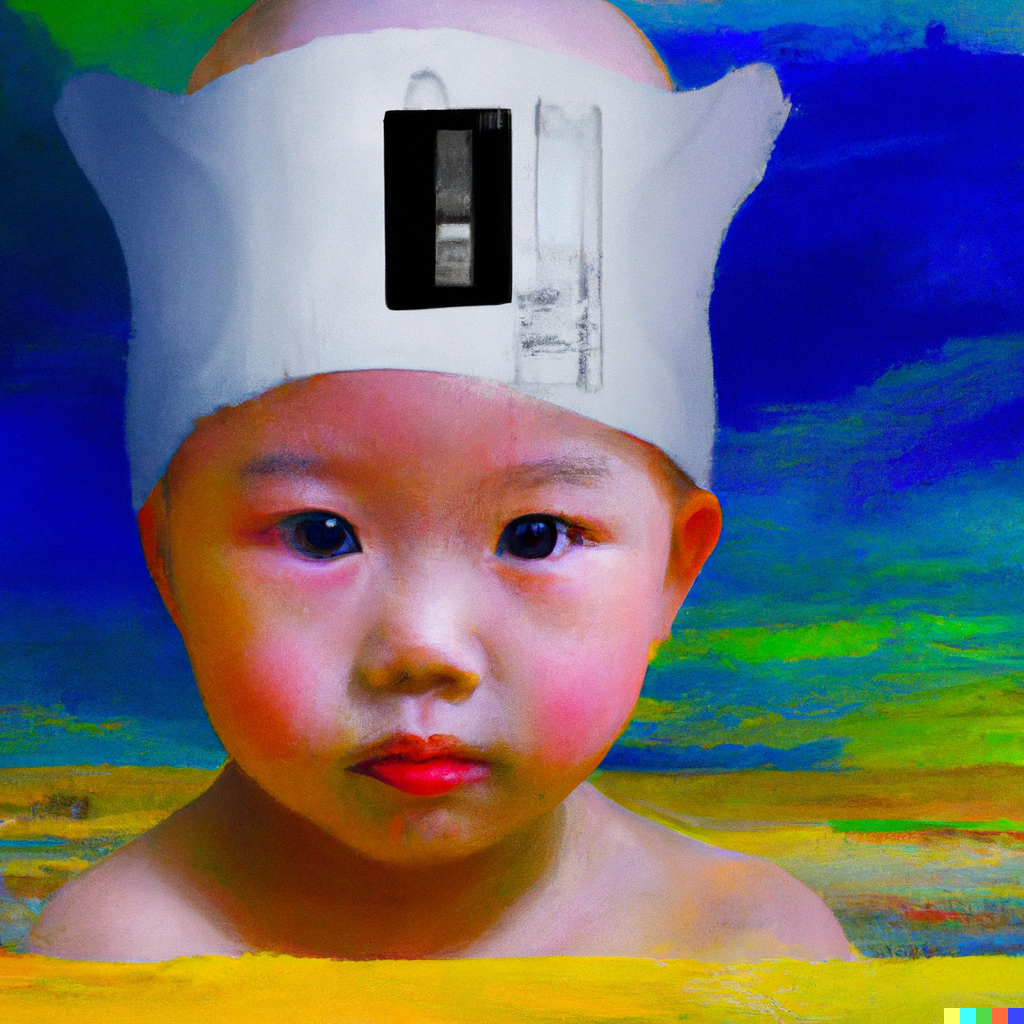
On the other hand, Professor Moltke, a German ethicist and opponent of the technology, had a very different perspective. “This is a dangerous and unethical path that we are heading down,” he warned. “We have no right to play God and create life in a laboratory. The potential consequences of this technology are simply too great to ignore. We must think carefully about the kind of world we want to leave for future generations, and whether or not this is the right path for us. What if something goes wrong? What if these factory-made humans develop unforeseen issues or abnormalities? It’s a risk that we simply cannot take.”
Many critics agree with Professor Moltke that it is fundamentally wrong to play God in this way, and that we should not be manipulating the natural process of reproduction. Others worry that factory-made humans could be treated as nothing more than commodities, with wealthy parents selecting certain traits and abilities for their children in the same way that they might choose options on a luxury spaceship.
Others have raised concerns about the potential long-term effects of this technology. Could factory-made humans be more prone to certain health problems or genetic disorders? Could they be at a disadvantage in society, simply because of the way they were born? These are just a few of the many questions that have been raised about the ethics of manufacturing humans in a laboratory.
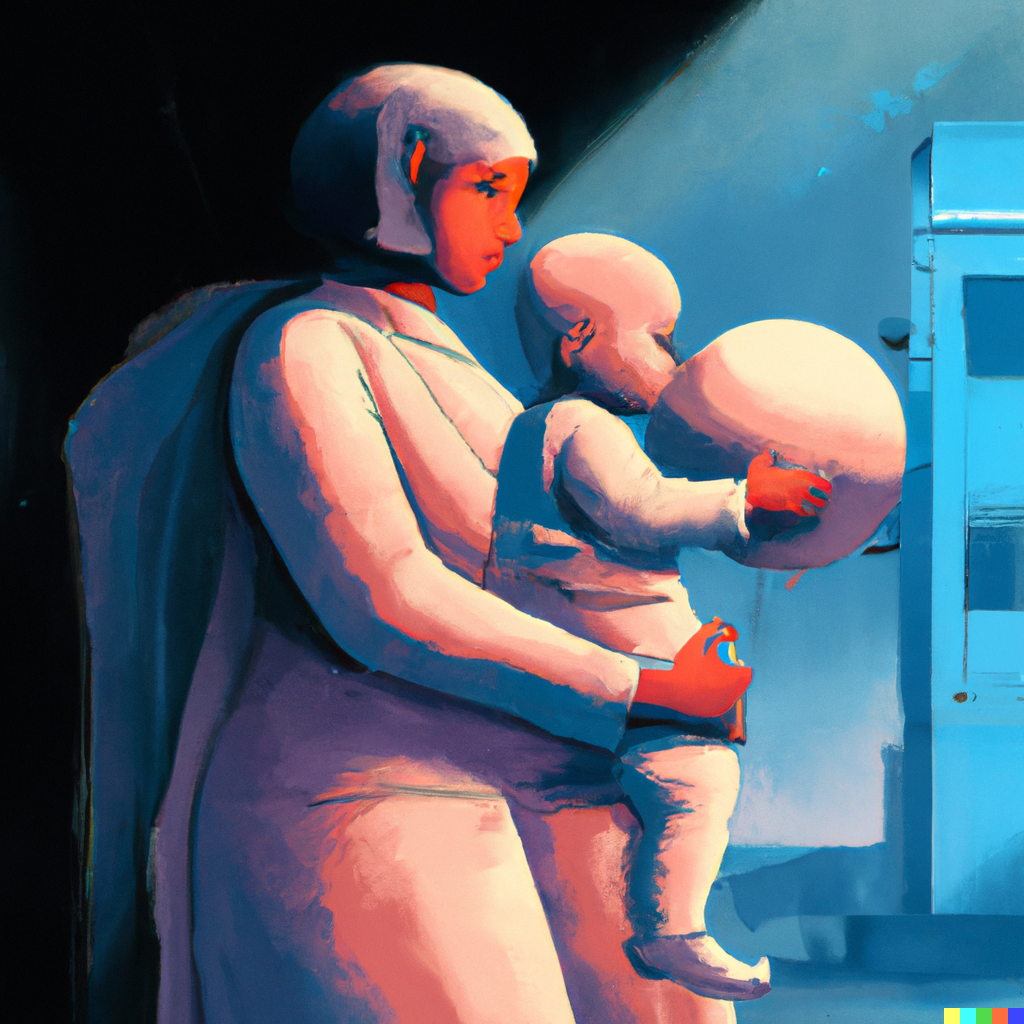
Despite these concerns, many people seem to have accepted the new reality with a sense of resignation. After all, what choice do they have? With manufacturing jobs moving overseas and the global economy in flux, it seems that humanity is being forced to adapt in any way it can. Whether or not this new technology is the right path for us remains to be seen, but for now, it seems that we have little choice but to move forward and see what the future holds. Will factory-made humans prove to be the salvation of the human race, or will they lead us down a dangerous and uncertain path? Only time will tell.
***
“You know what?” Jack said as he gazed at the holographic screen in front of him, scrolling through the website of a human manufacturing facility. “After reading this article, I really like the idea. I mean, think about it: with this technology, it’s finally possible for people like us to have children. And the best part is, we can customize them to be exactly what we want. We can choose their physical features, their talents and abilities, even their personalities.”
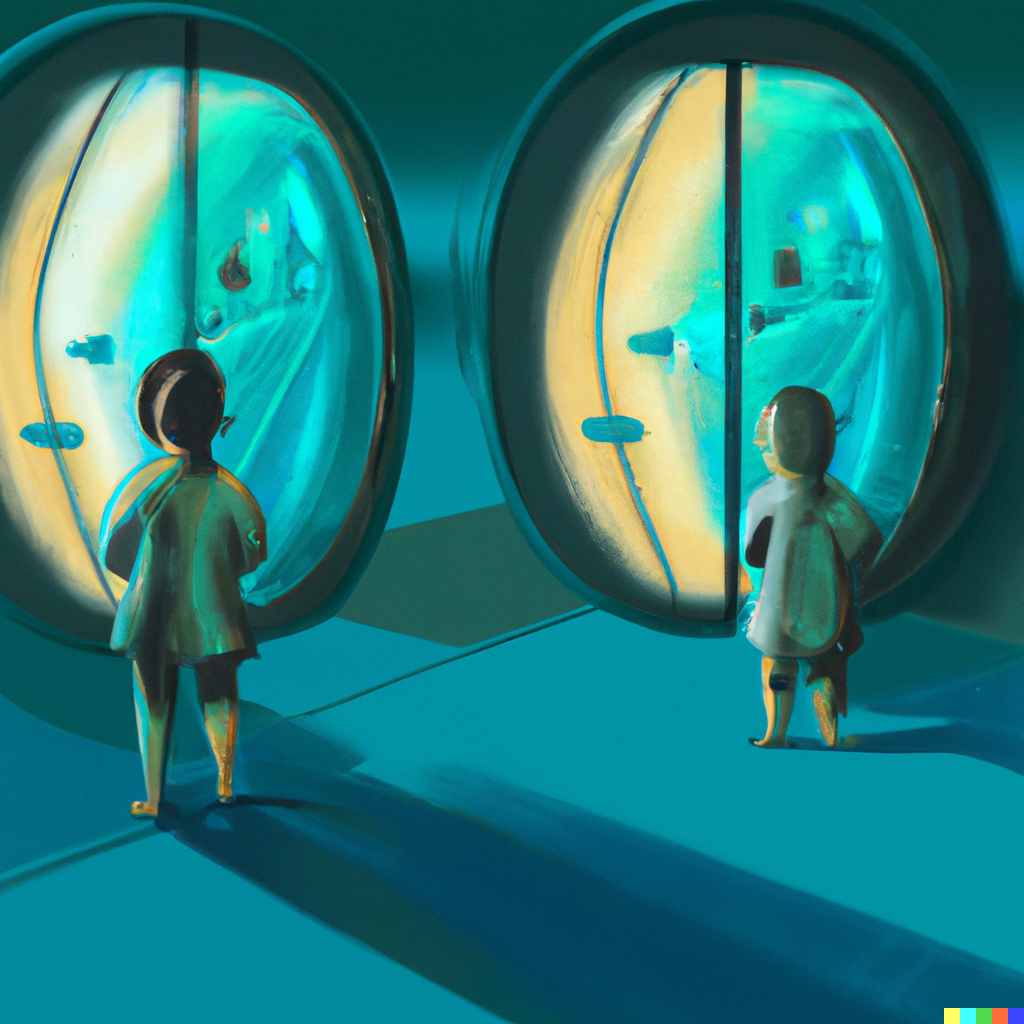
“Well, I’m not so sure about that,” Maria said, shaking her head as she looked out at the sprawling metropolis from the high-rise building where they stood. “It just feels so unnatural, you know? Like we’re playing God or something.”
“I understand what you’re saying,” Jack said, his eyes fixed on the screen as he clicked through the different customization options. “But think about it: this technology is only going to get better and more affordable over time. I bet right now, they’re offering huge discounts to early adopters. We could get a great deal on a factory-made baby if we act now.”
“I don’t know, Jack,” Maria said, still hesitant as she fiddled with the virtual reality headset on her head. “It just feels like such a big decision. And what about the ethical concerns? Are we really okay with creating a life in a laboratory?”
“I know it’s a big decision,” Jack said, his voice growing more determined. “But I really think this is the way of the future. And besides, if we don’t act now, we might miss out on those discounts. Come on, let’s at least go to the manufacturer’s website and check out the customization process. We can always change our minds later if we decide it’s not for us.”
Maria hesitated for a moment before finally agreeing. “Okay, fine,” she said, her voice laced with uncertainty. “Let’s at least see what the customization process is like.”
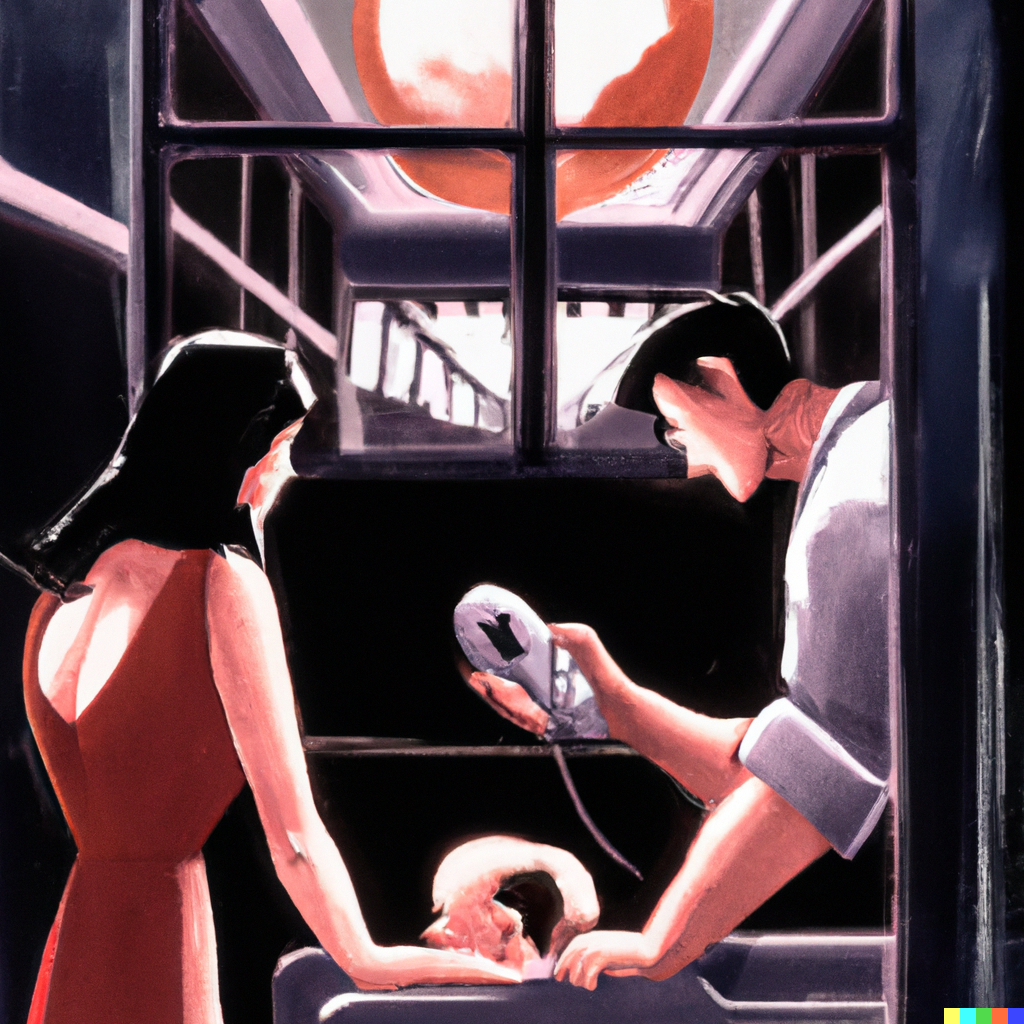
And with that, the couple stepped into the virtual world of human manufacturing, ready to make the biggest decision of their lives.
***
The first question read, “Please choose gender.” They were presented with three options: “Boy – 10% discount, girl – additional 10%, surprise me.”
Maria bit her lip, considering the options on the holographic screen in front of her. “I’ve always wanted a girl,” she said, “but I don’t know if we can afford the extra cost.”
“It’s okay,” Jack said, placing a reassuring hand on hers. “We can make it work. Plus, we only have this one chance to create our dream child. We should go for what we really want.”
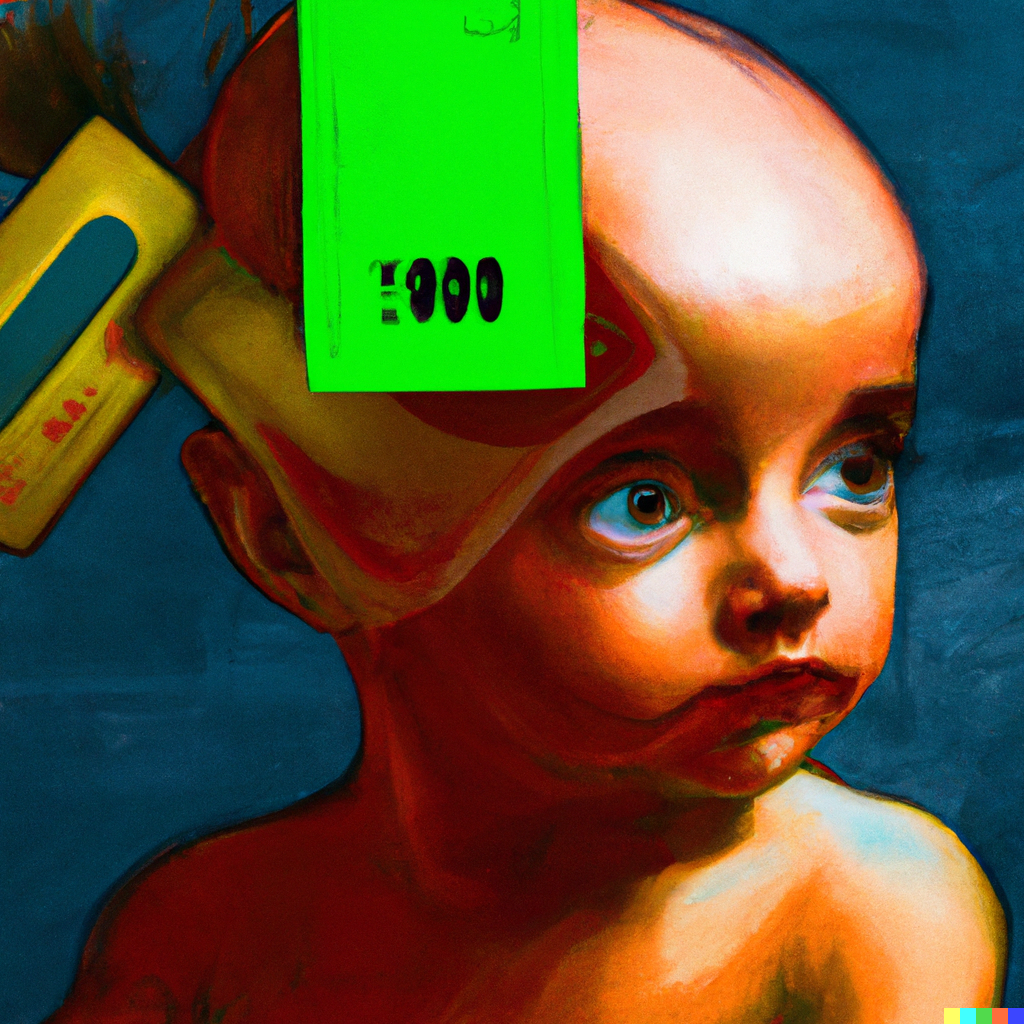
“You’re right,” Maria said, smiling up at him. “Let’s go for a girl. I mean, we can always add the boy option later if we decide we want a son. But I think a daughter would be perfect for us.”
As they continued through the customization process, the next question asked about IQ level. The options were:
“Below average – 20% discount”
“Average – included”
“Above average – additional 50%”
Maria gasped when she saw the first option. “Who in their right mind would choose below average intelligence for their child?” she asked, her eyes wide with shock.
“I guess some people might be trying to save money,” Jack said, frowning at the screen. “But I can’t even imagine choosing that option. I want the best for our child.”
“Me too,” Maria said, reading aloud the next option. “Average – included. Well, I think that’s a pretty good deal. An average IQ is nothing to sneeze at.”
“Well, you might want to think twice before selecting the next option,” Jack said, his eyes scanning the screen in front of him. “Above average intelligence – minimum 130 by the age of 24, provided parents can afford University education at the minimum bachelor in science level – will cost an additional 50%.”
Maria let out a low whistle. “That’s a big price jump,” she said, frowning. “But I guess if we can afford it, it might be worth it. I want the best for our child, after all.”
“Not so sure we’ll be able to afford to send them to university,” Jack said, hesitating. “Why pay extra without a guarantee?”
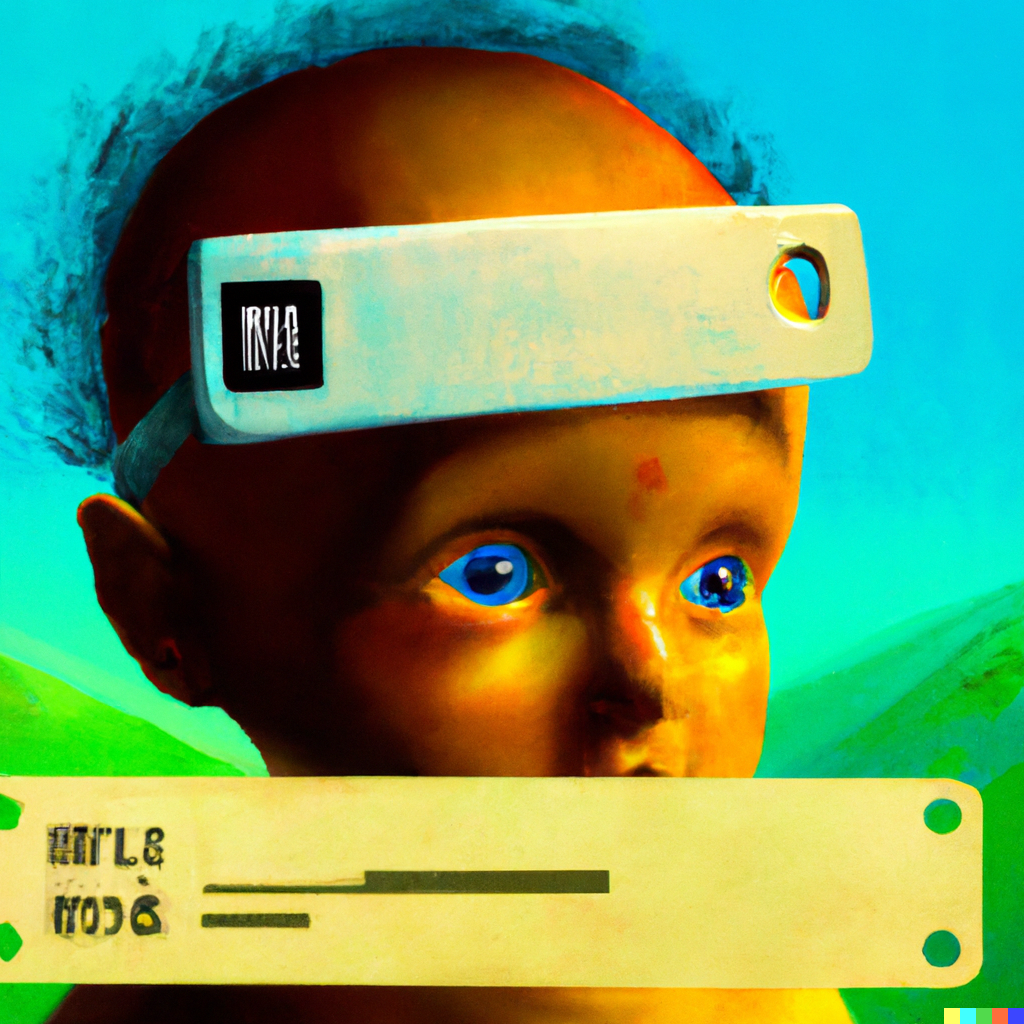
“Good point,” Maria replied, looking at the final option on the screen. “Look, we could also order a genius!”
“Genius – please contact us directly for a quote,” Jack read aloud. “Geniuses are reserved for government clients and only a limited number of individual clients.”
“For government clients only,” Maria said, rolling her eyes. “Why am I not surprised.”
“Yeah,” Jack nodded. “Can’t afford to raise a genius these days. It’s too expensive.”
“I guess we’ll have to settle for above average intelligence, then,” Maria said, sighing. “It’s still pretty impressive.”
“Agreed,” Jack said, making the selection. They moved on to the next question in the customization process, ready to design the perfect being.
Six months later
Maria opened the door after hearing a doorbell.
“A package for you, from China,” the courier said with a smile. “I can see you already paid your duty.”
“Yes, we did,” Maria replied, her eyes lighting up with excitement. “Jack, our daughter has arrived. Do you want to check her out before I sign the delivery slip?”
“No, it’s all good,” Jack replied, walking into the room. “Just make sure there are two boxes, one with the baby and the other one with the user manual and other equipment to get us started.”

“Oh, right,” Maria said, laughing. “I can’t believe we’re finally getting to meet her. I’m so excited!”
The courier handed over the two boxes, and Maria carefully signed the delivery slip. As soon as the courier left, she tore open the first box, revealing a tiny baby wrapped in a soft blanket.
“Oh my goodness, she’s so cute,” Maria said, tears of joy streaming down her face.
“She really is,” Jack said, grinning from ear to ear. “I can’t wait to start raising her and see what she becomes.”
Maria removed a large sticker from the baby girl’s forehead that read “Becomes alive on contact with human skin.”
“Just like with real people,” Jack commented. “Skin-to-skin contact is very important.”
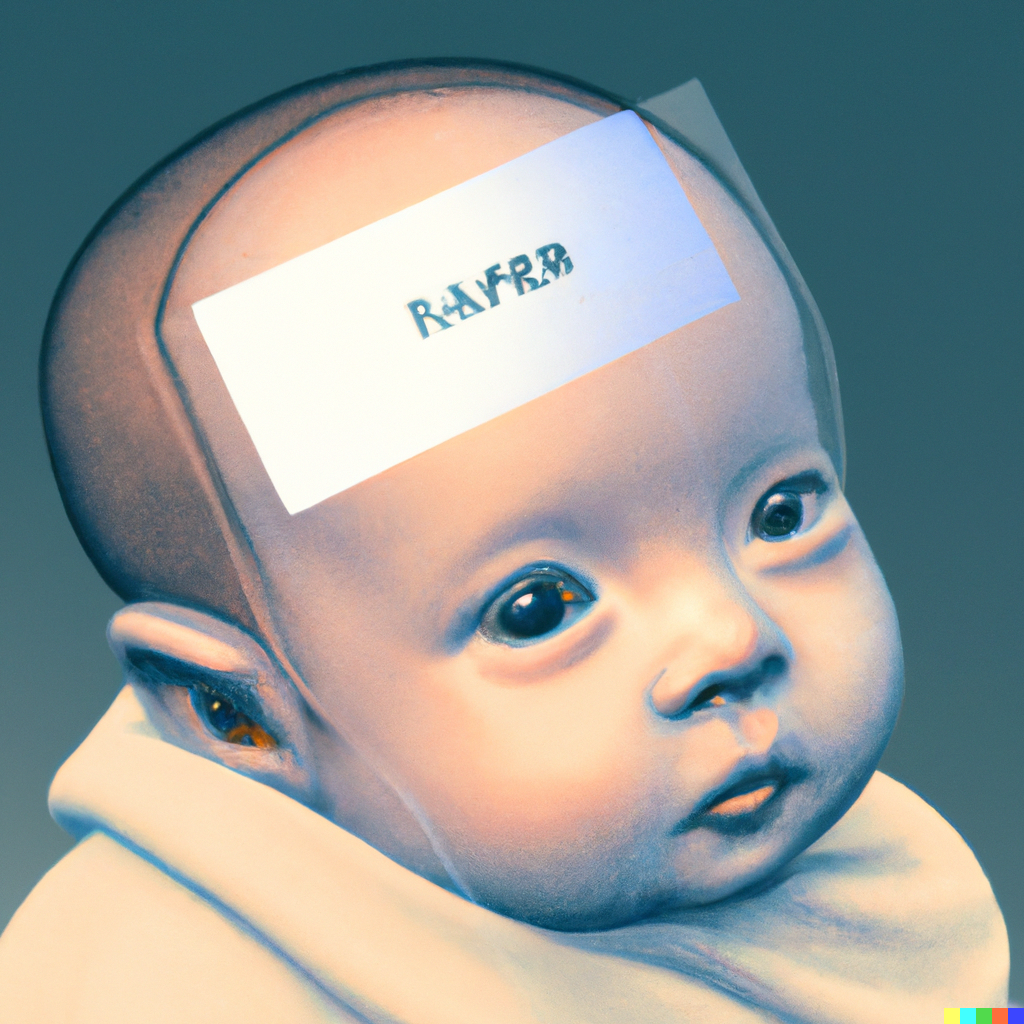
“Are you ready for this?” Maria asked, her voice shaking slightly.
“Go for it,” Jack replied, a look of anticipation on his face.
Maria took off her blouse and bra, and with shaking hands, she took their little baby girl out of the box and gently placed her on her bare chest. In less than a minute, the baby opened her eyes and made a tiny squirming sound.
“She’s alive!” Maria exclaimed, tears of joy streaming down her face.
Jack touched the baby’s little head with his warm hand and noticed a small tattoo on her right elbow, about 3x3cm in size. It was a barcode with some numbers and text that read “MADE IN CHINA.”
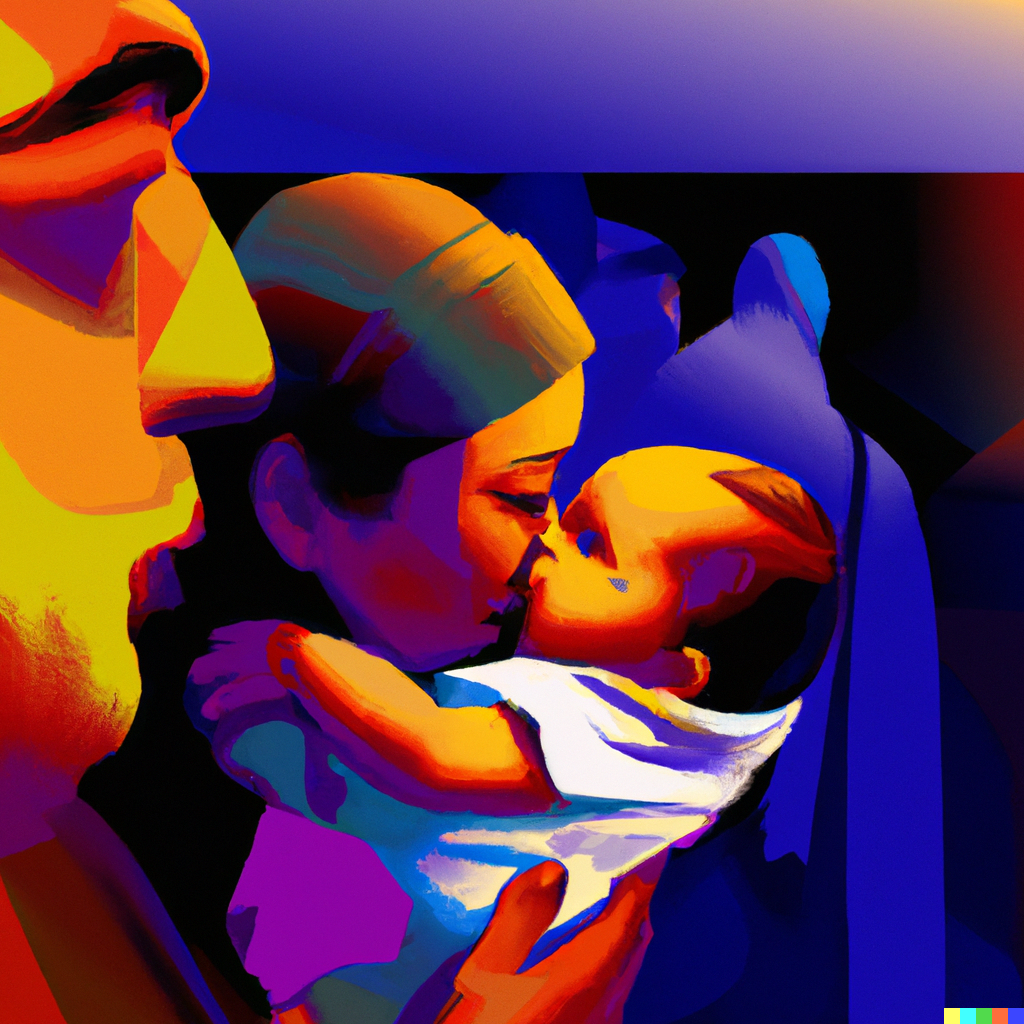
This Short story was written using Open AI Chatbot. All images were generated using DALL.E 2 (Open AI)
